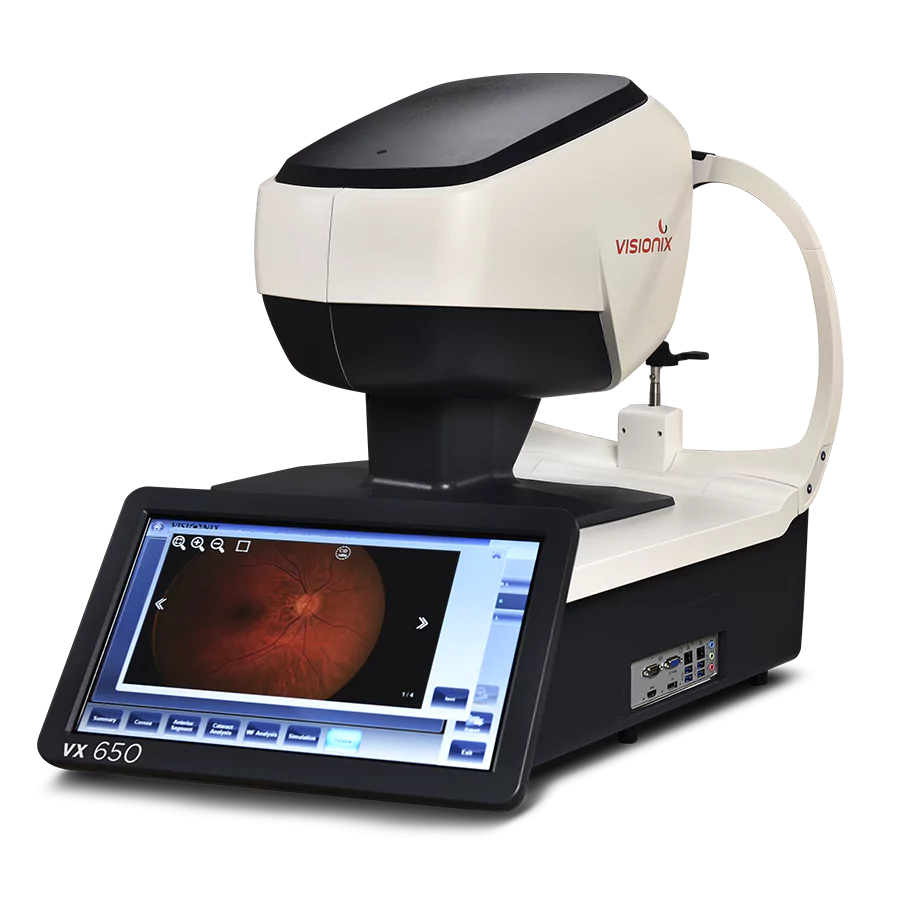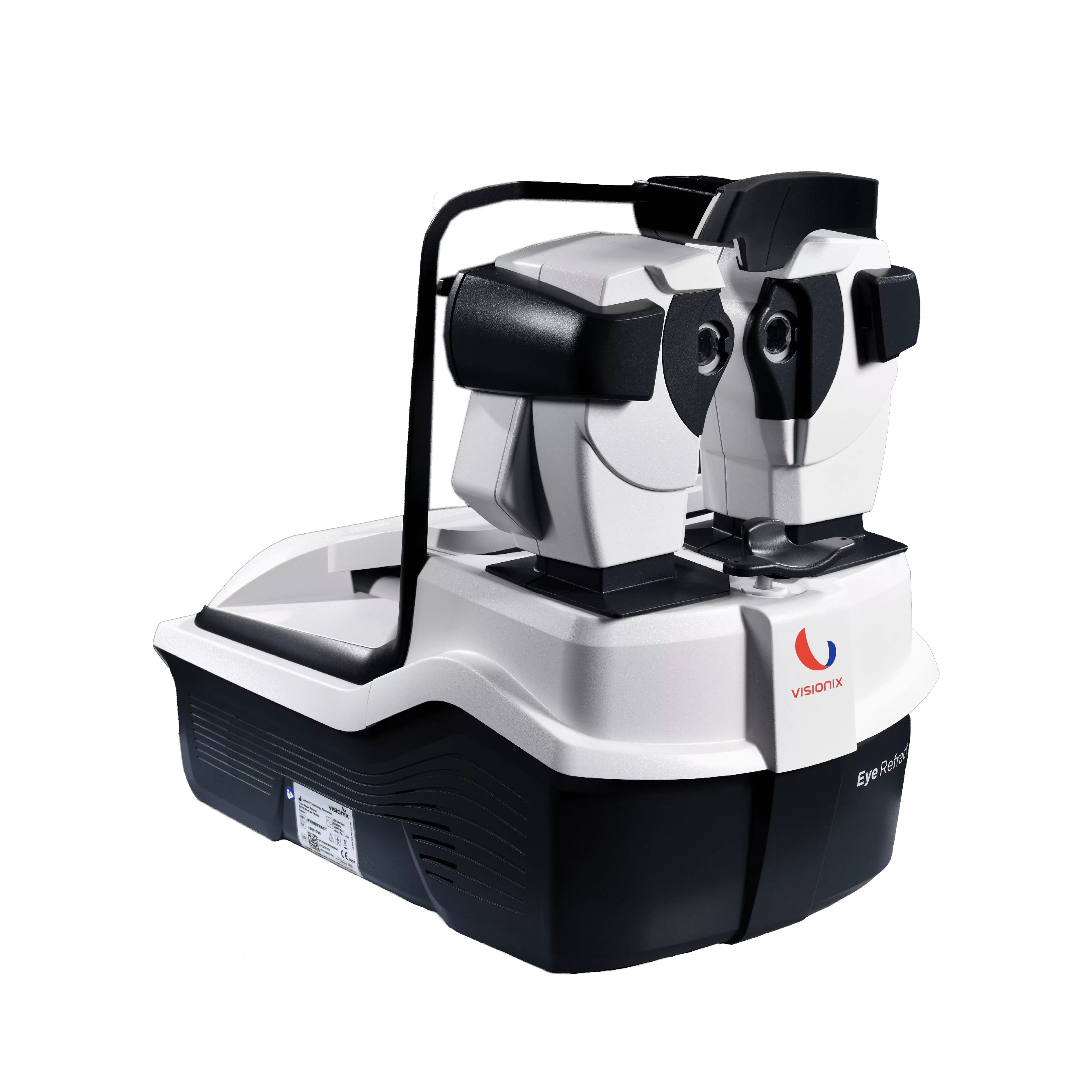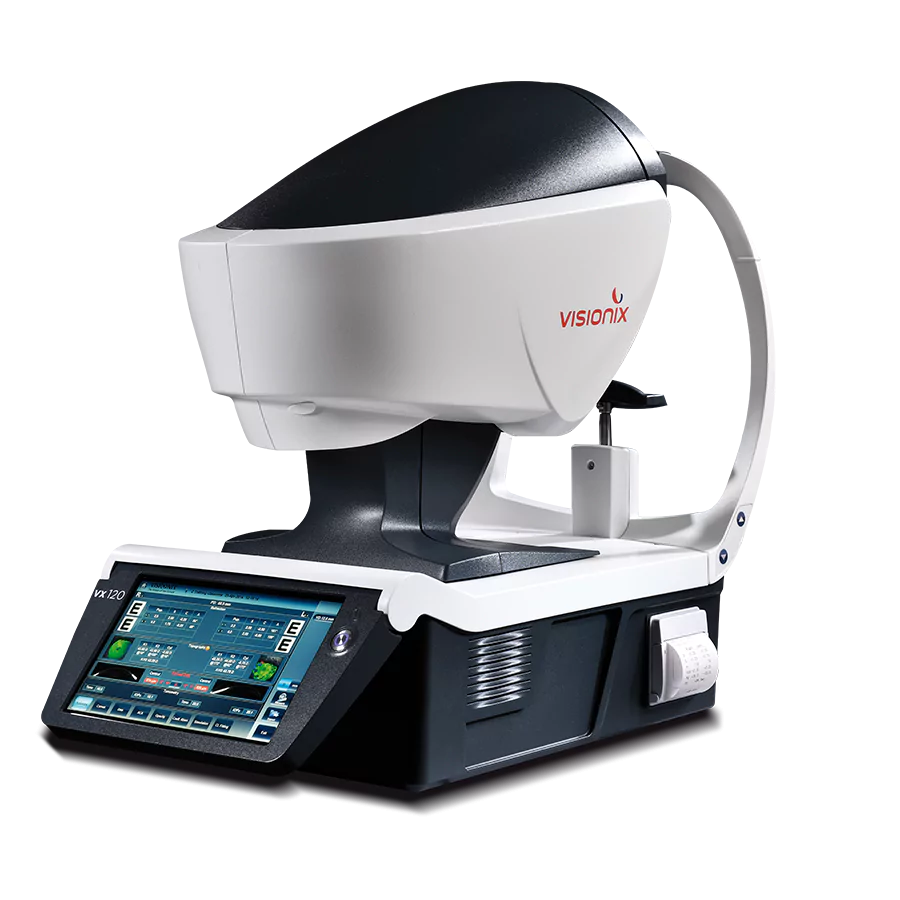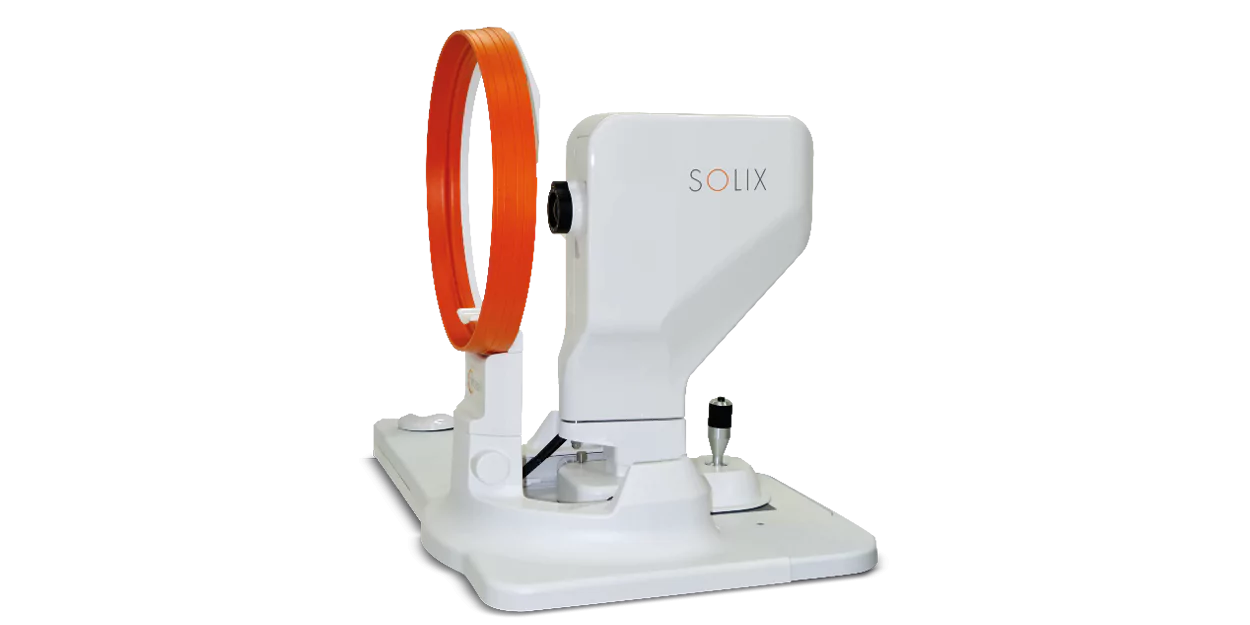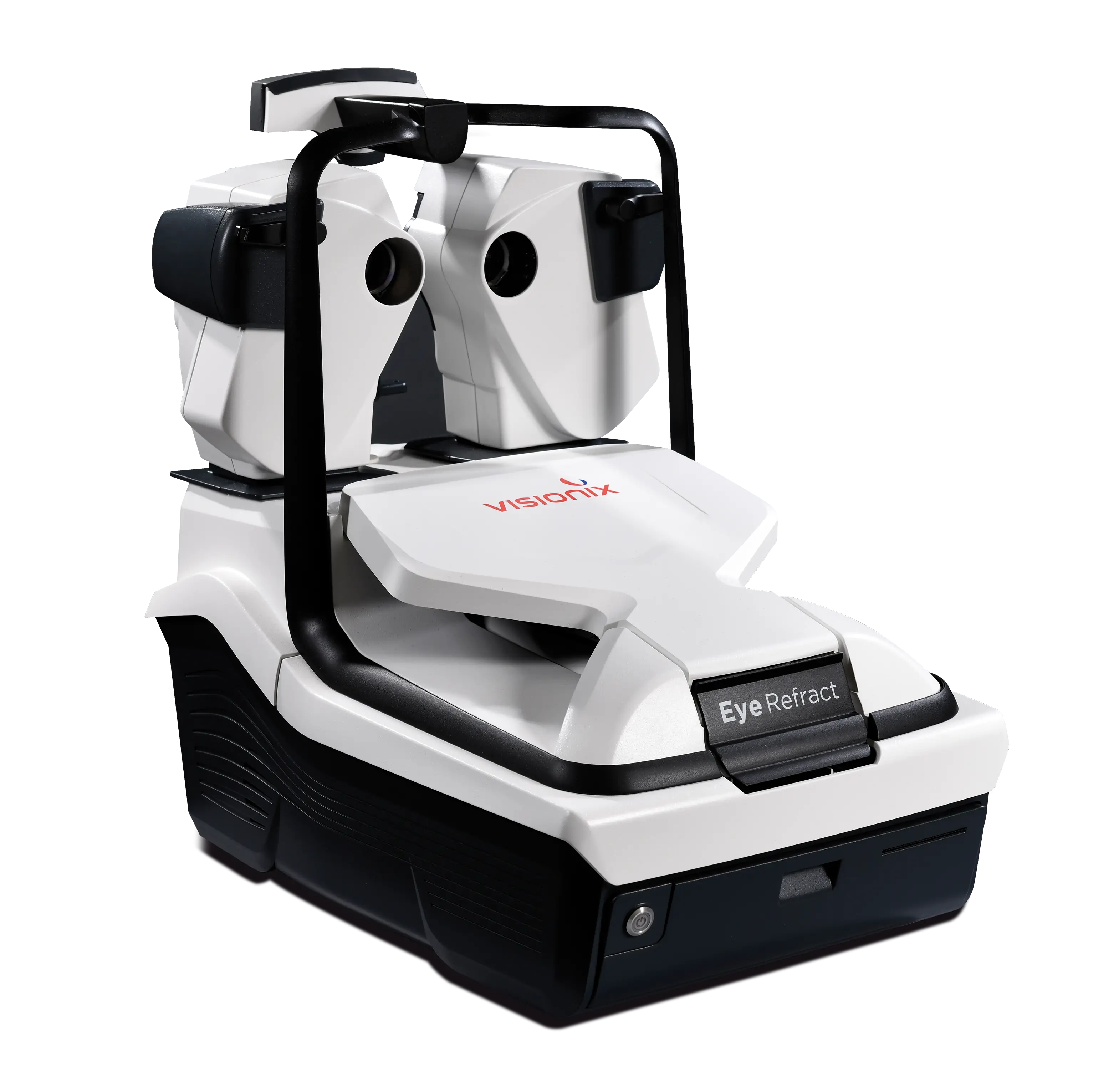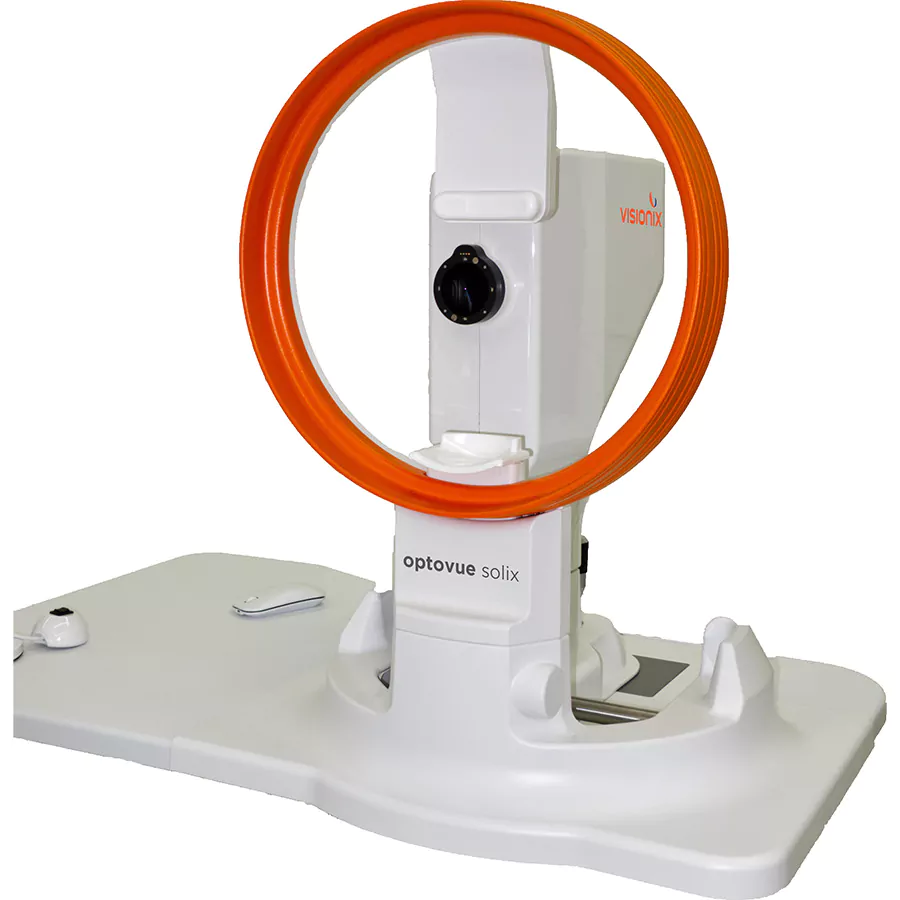You can now screen and monitor eye pathologies inclusive the dry eye syndrome.
- Non-Invasive Tear Breakup Time: A test that processes the movement of the rings on the eye and gives the speed of tear film breakup between two blinks.
- Meibomian glands: The color camera allows you to make a photo gallery of the parts of the eye and to focus on the meibomian glands area.
- Tear Meniscus value: Using the manual zoom of the color camera, you can measure the height of the tear meniscus to complete the test.
A device for you to take care of the visual health of all your patients.
- You will improve your daily practice
- You will provide better service and create differentiation
- You will have more patients and have the opportunity to sell night glasses
- You will receive better trust and an enhanced reputation
Increase your quality of service by using a complete diagnostic tool
- Distinguish yourself from your competitors and be a recognized vision expert
- Reinforce your position as a specialist
- Create and/or increase relationships with ophthalmologists
Perform a complete examination of the anterior segment of the eye
- Cataracts: Screening and approving candidates for Premium implants
- Refractive: Screening and approving candidates for surgery
- Glaucoma: Screening and monitoring
- Adaptation of rigid and scleral contact lenses
- Keratoconus: Screening, stage classification, and monitoring
- Identifying refraction needs that are linked to night vision
- Also provides complete readings for refraction and keratometry
- Screen and monitor Dry Eye Syndrome (DES)
Obtain precise measurements and a visual health assessment of the client
- Accurate vision for your patients with customized glasses that may even correct night vision if needed
- Create satisfaction and client retention
- Reinforce wearer’s feeling of security and trust
- Adaptation of premium products










